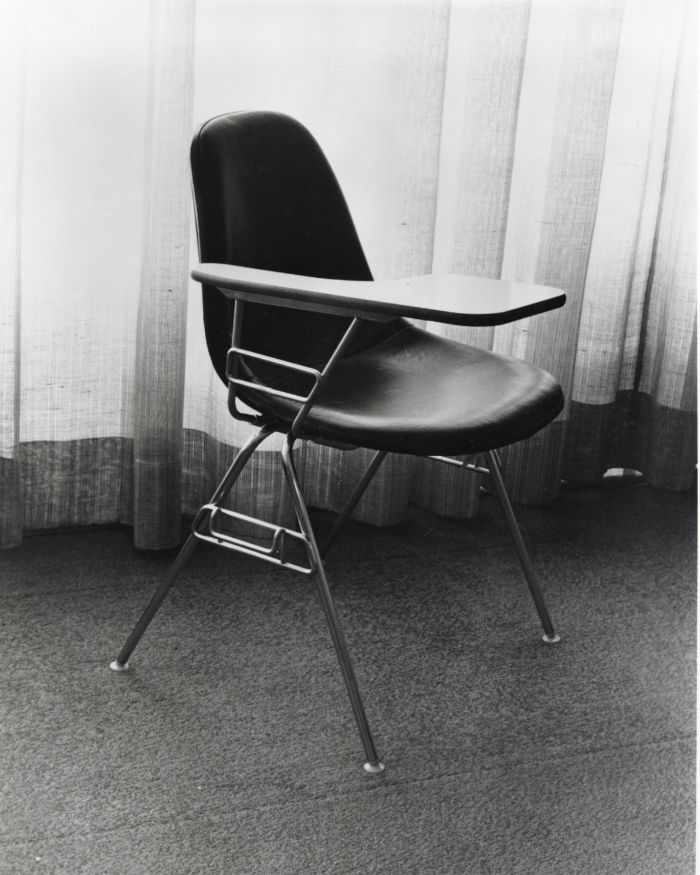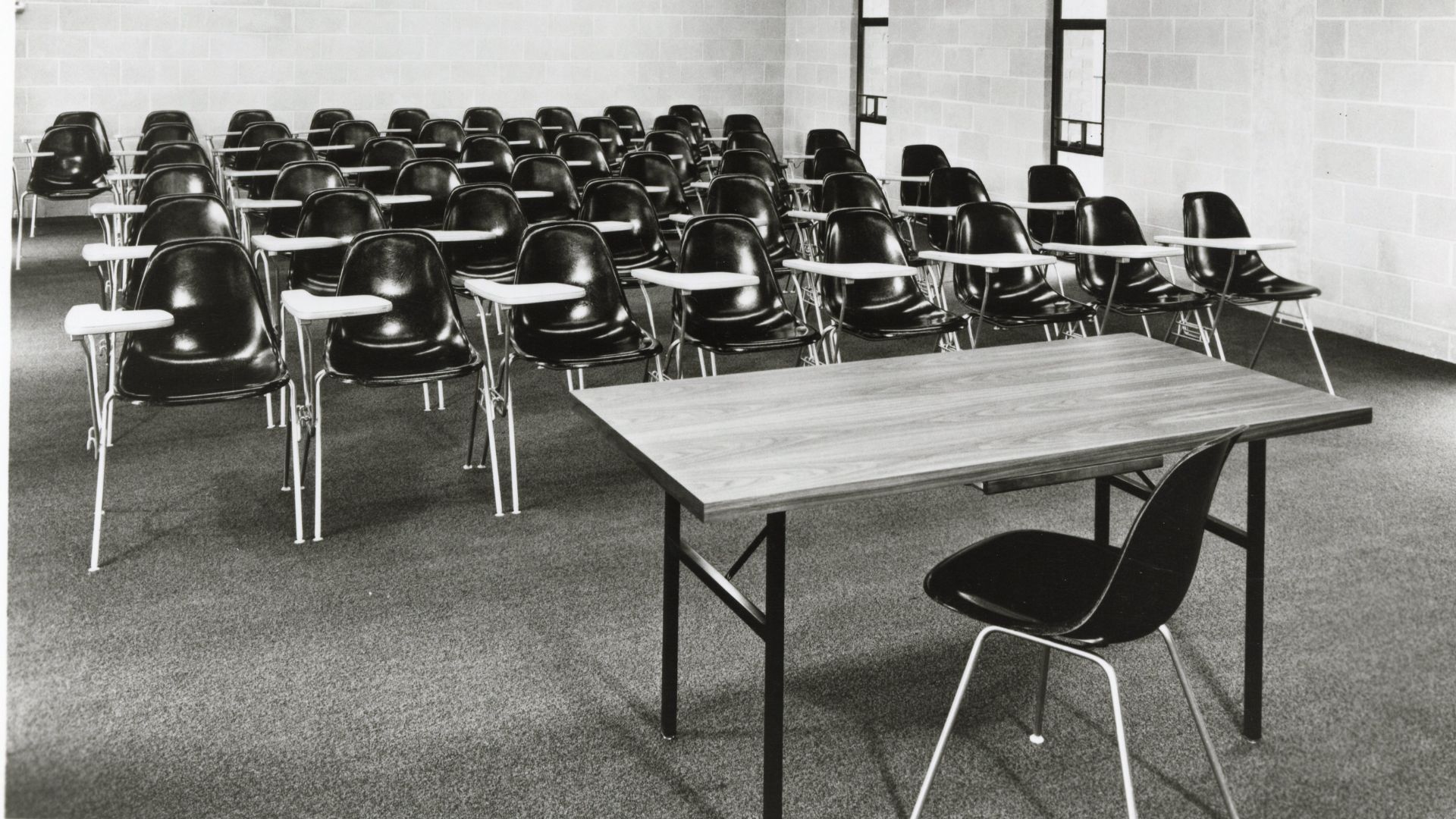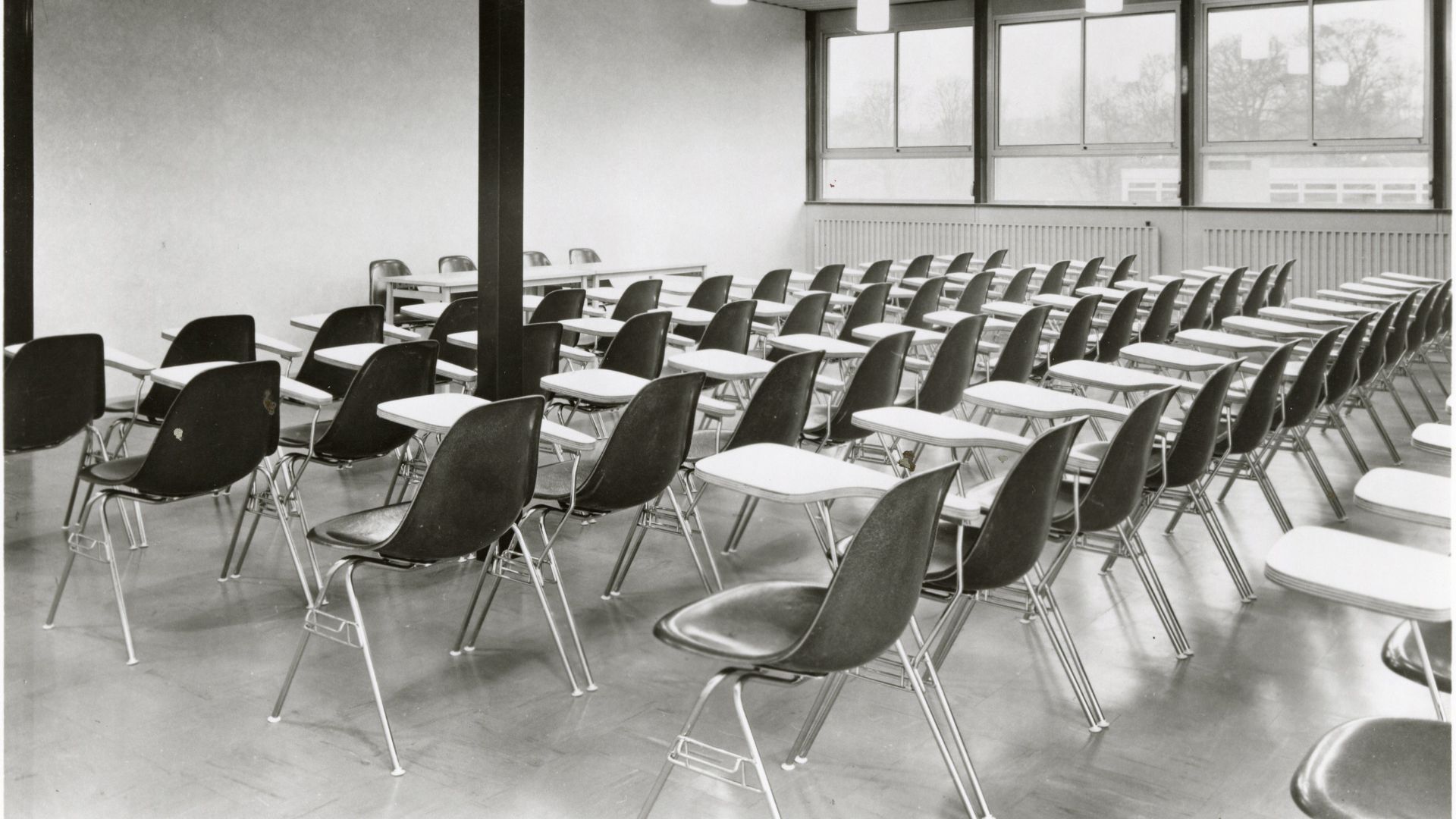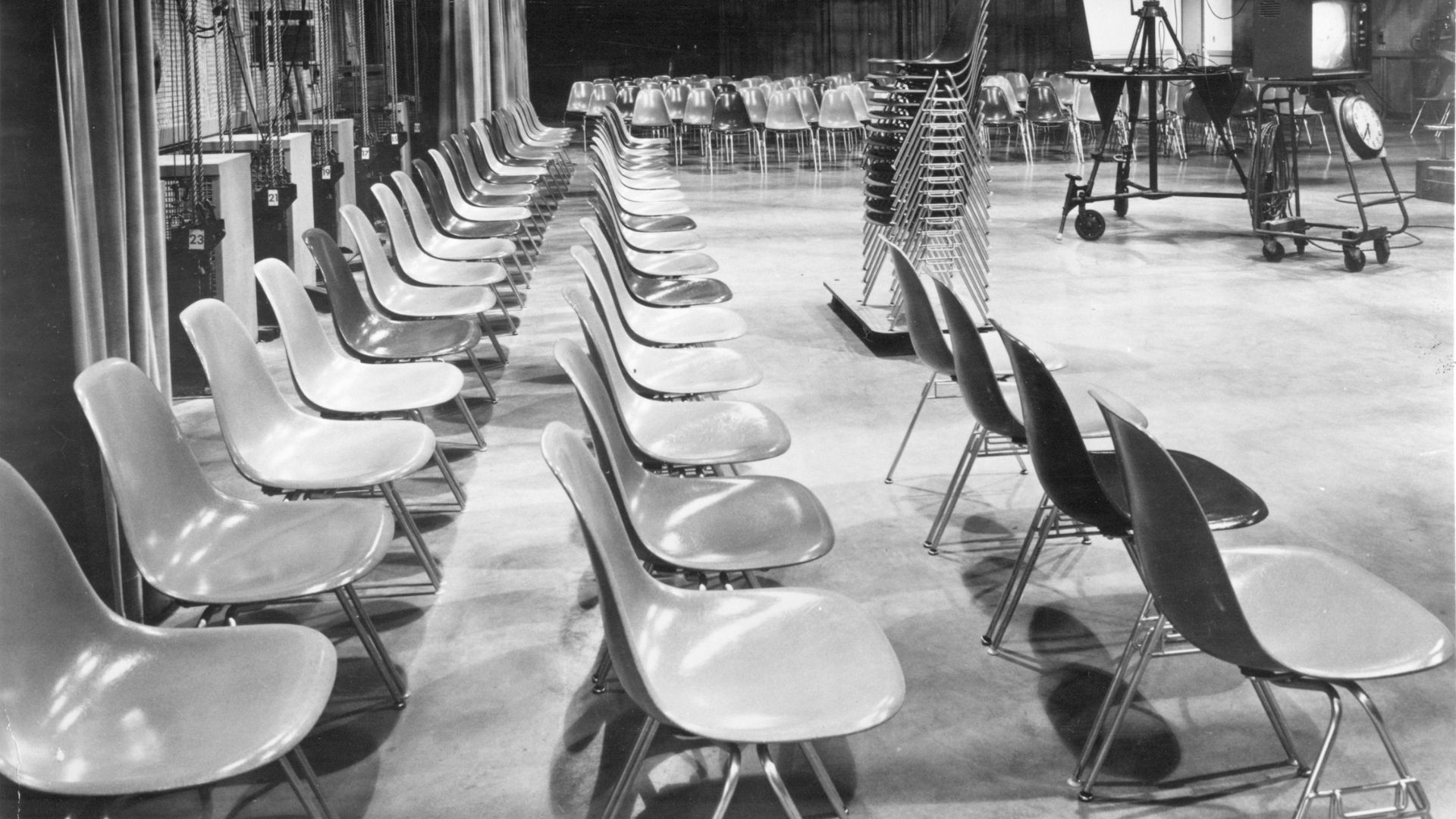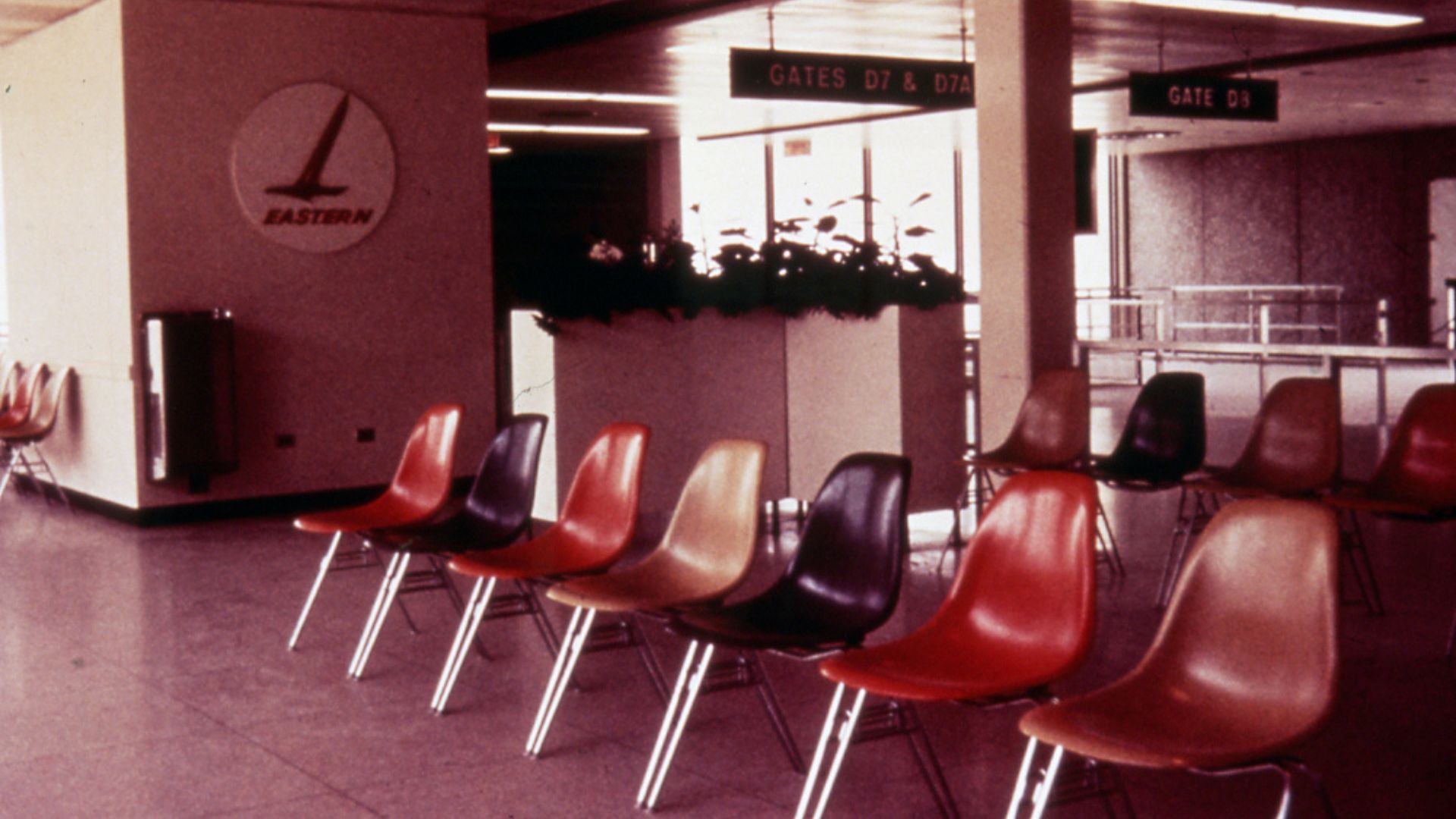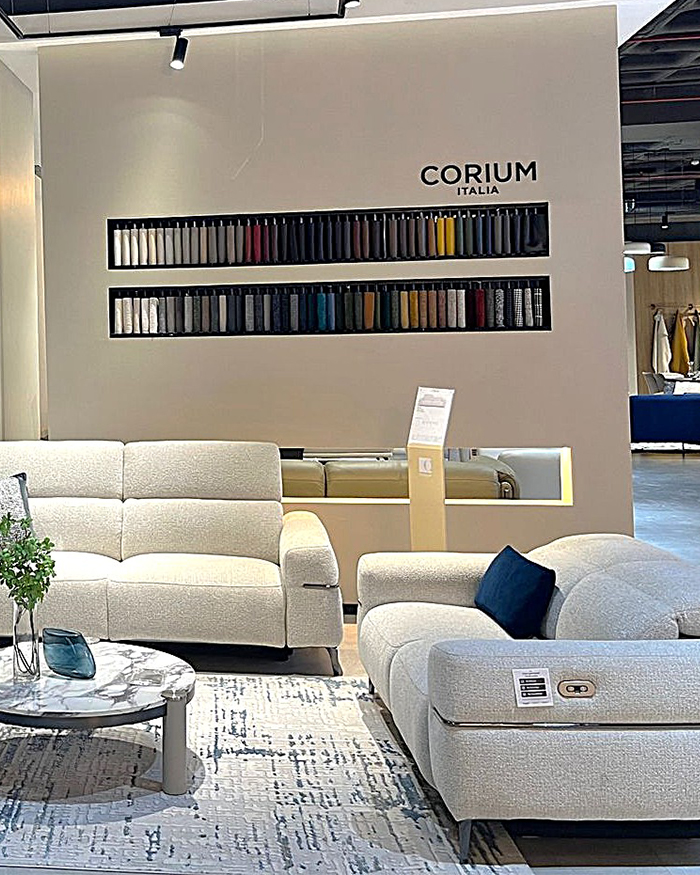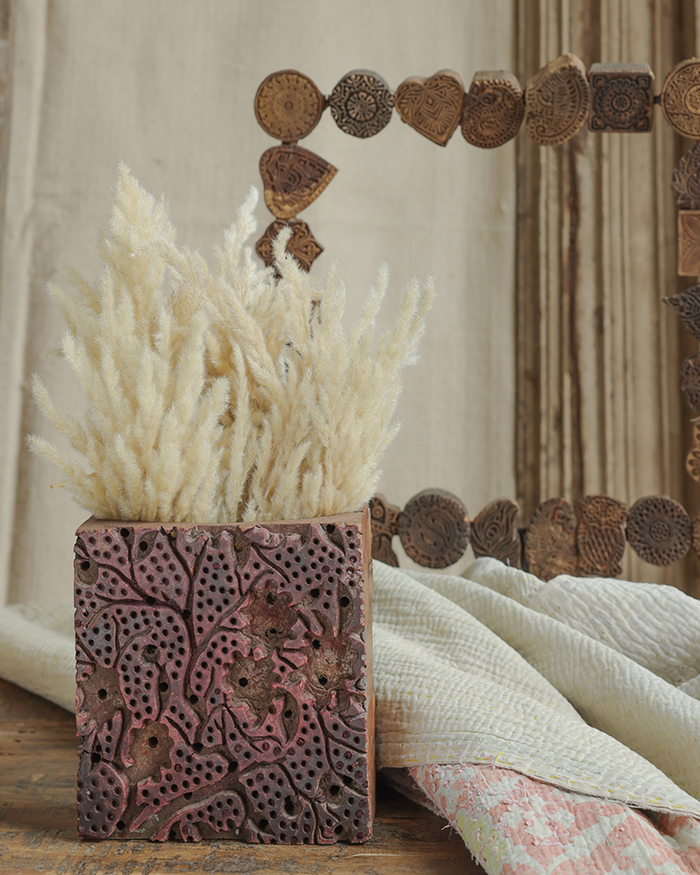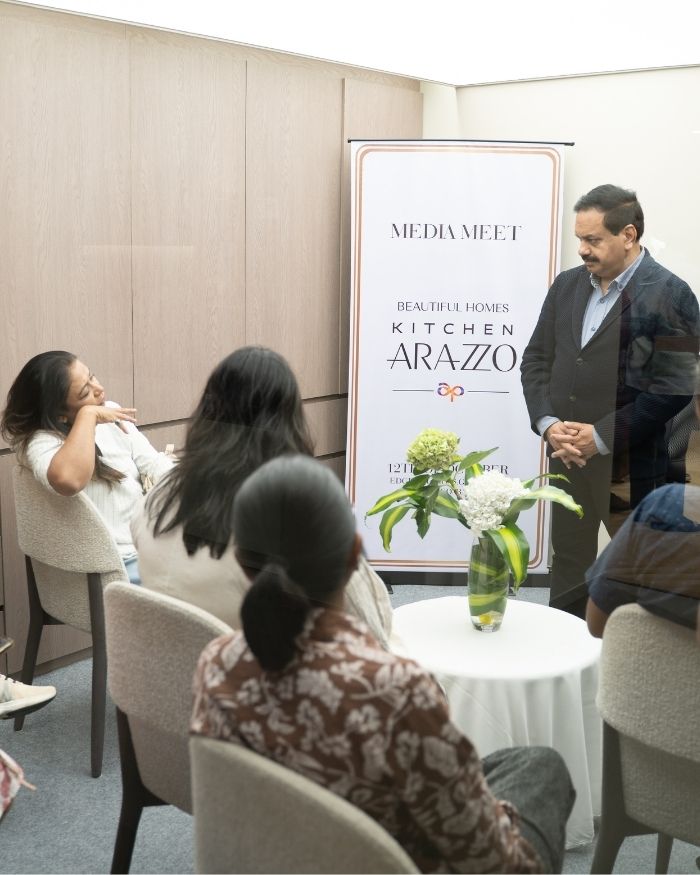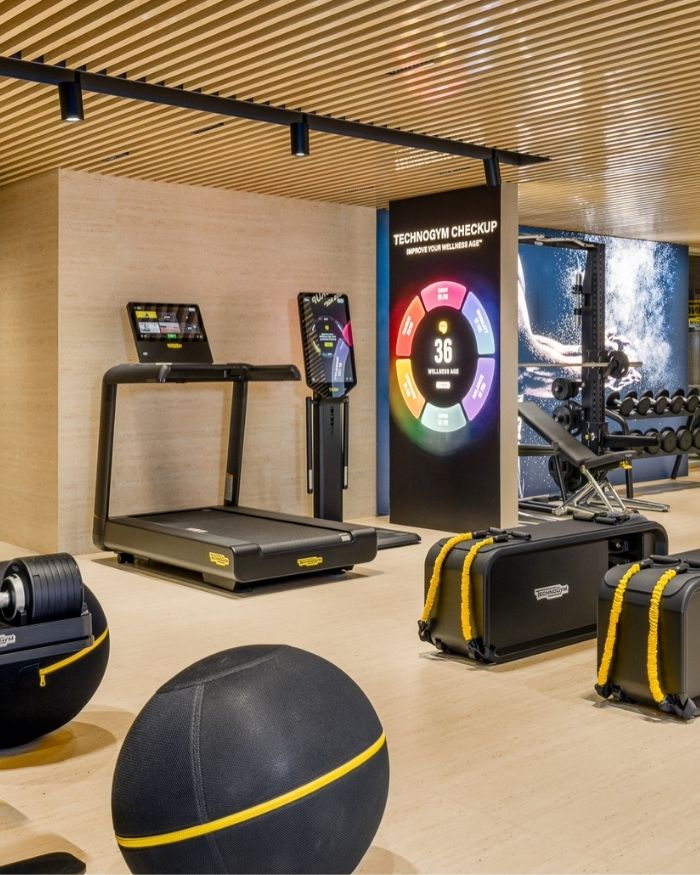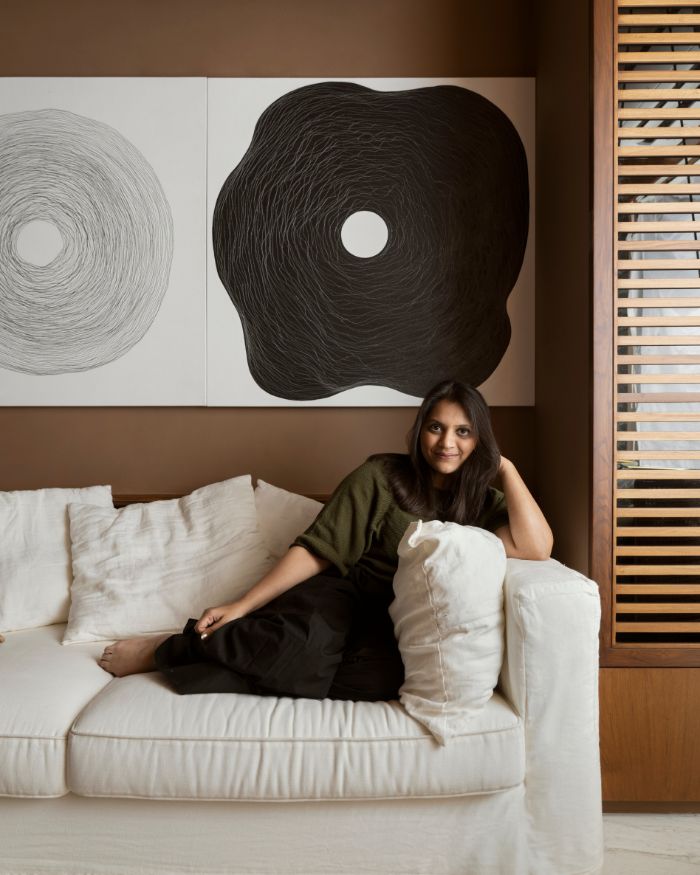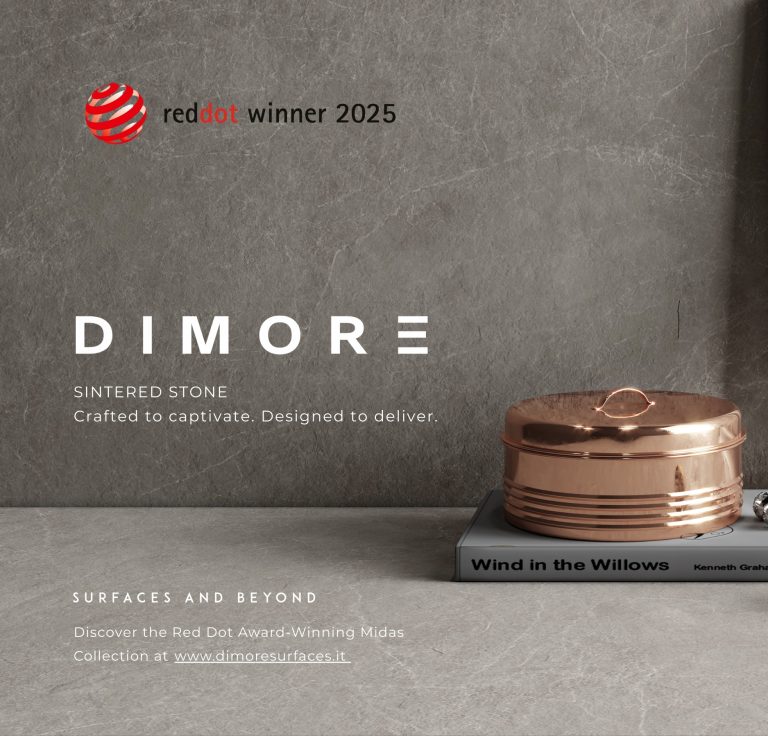Chairs, through the years, have undergone minor tweaks to established forms and incremental improvements in comfort and durability. Then came the 1950s, when Charles and Ray Eames decided that seating deserved the same radical rethinking that had transformed architecture and industrial design. Iterations and setbacks emboldened them to create the iconic Herman Miller shell chair. Its innate ability to adapt to almost any space makes it universally beloved.
Years of experimenting with moulded plywood, striving to achieve a single shell form, eventually led them to change course. Stamped metal brought their vision to life and won them an entry in the Museum of Modern Art’s 1948 International Competition for Low-Cost Furniture Design.
